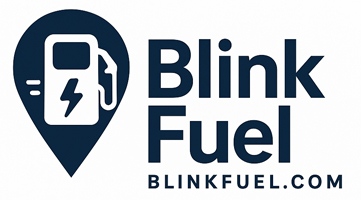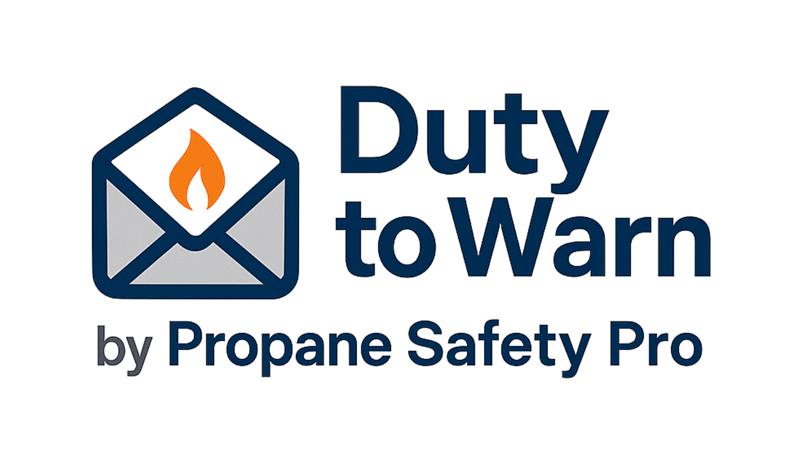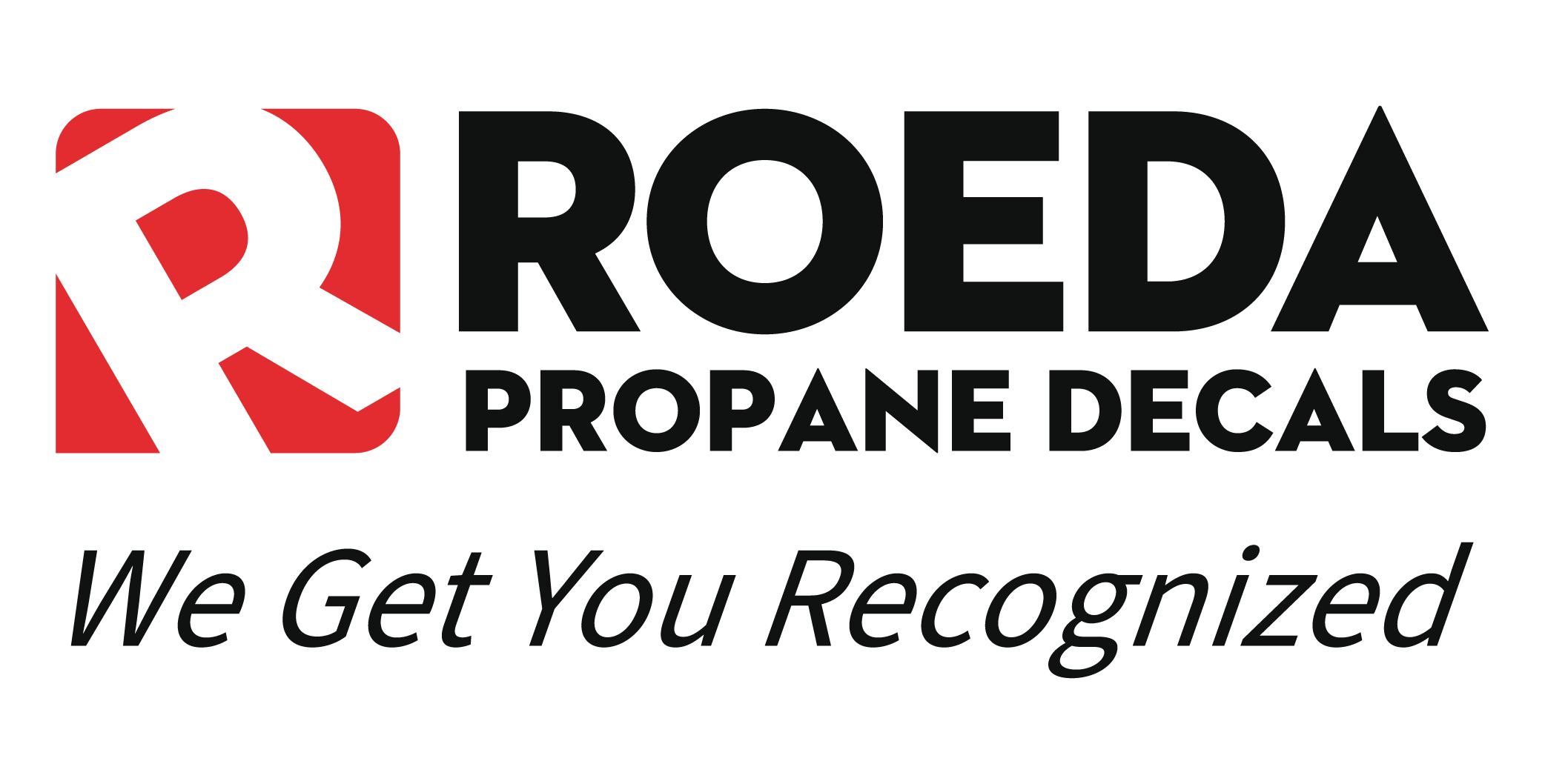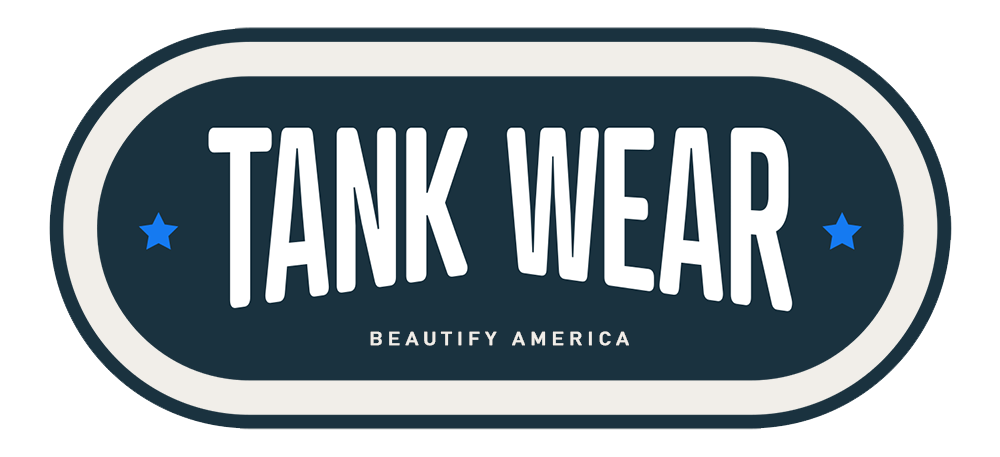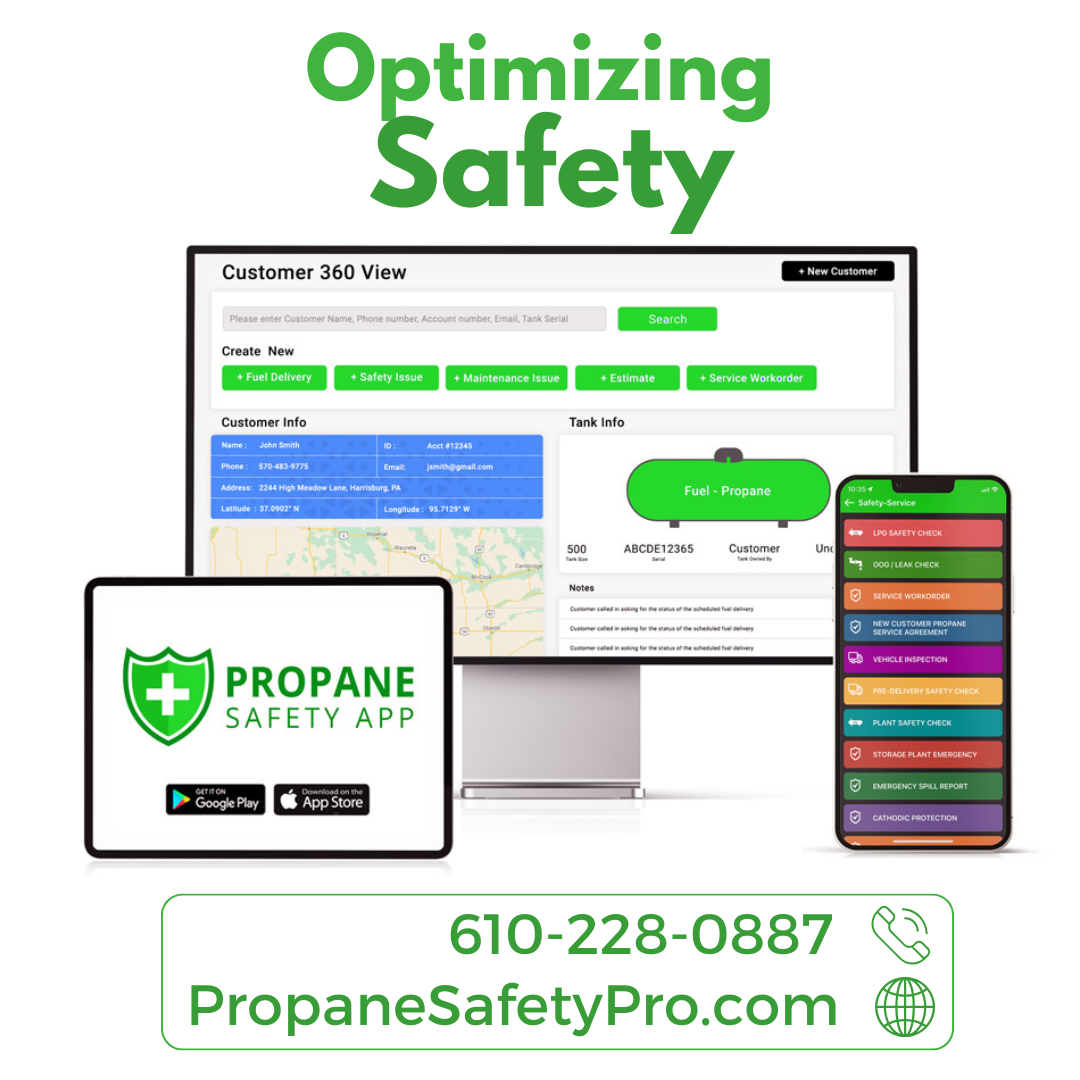Steps to Minimize Propane Loss During Transport

Transporting propane is a crucial part of any propane business, but even small losses during transport can add up over time, cutting into profits and creating inefficiencies. With the right strategies, you can reduce propane loss and keep your operations running smoothly. Here’s a list of guidelines to help you minimize propane loss during transport and protect your bottom line.
Inspect Equipment Regularly
Regular inspections of your transport equipment are essential for reducing propane loss. Check for:
Leaks: Inspect tanks, hoses, and valves for any signs of wear or damage that could lead to leaks.
Pressure Control: Ensure that pressure relief valves are functioning properly to avoid unnecessary propane release.
Seals and Connections: Verify that all seals and connections are secure to prevent propane from escaping during transit.
Routine maintenance can help catch small issues before they become costly problems.
Maintain Proper Filling Practices
Overfilling or underfilling propane tanks can contribute to product loss during transport. To minimize this, follow these practices:
Fill to Safe Limits: Adhere to the recommended fill levels to prevent propane from expanding and venting out during temperature changes.
Use Accurate Gauges: Ensure that your equipment includes calibrated gauges to measure propane levels precisely.
Avoid Over-Pressurization: Monitor pressure levels to prevent propane loss due to excessive pressure build-up.
By filling tanks correctly, you reduce the risk of losing propane due to venting or spills.
Monitor Temperature and Pressure
Propane expands when exposed to heat, which can cause pressure to build up and lead to losses during transport. To address this:
Use Temperature-Resistant Tanks: Equip your fleet with tanks designed to handle temperature fluctuations.
Schedule Deliveries During Cooler Hours: Transport propane during early mornings or late evenings to avoid extreme heat.
Monitor Conditions During Transit: Use monitoring devices to track pressure and temperature changes in real-time.
Keeping propane at stable temperatures minimizes the risk of venting due to expansion.
Train Drivers and Staff
Your team plays a critical role in preventing propane loss. Proper training ensures that they know how to handle, transport, and secure propane safely. Training should include:
Safe Handling Procedures: Teach staff how to load and unload propane safely to prevent spills.
Leak Detection Skills: Train drivers to recognize signs of leaks during transit and respond promptly.
Emergency Response: Equip drivers with the knowledge of how to manage emergencies such as equipment failures or propane spills.
Well-trained teams reduce the likelihood of accidents that can lead to product loss.
Optimize Transportation Routes
The longer propane is in transit, the higher the chance of loss due to venting or accidents. Optimize your transportation routes by:
Planning Efficient Paths: Use route optimization software to find the shortest, safest paths to your destinations.
Avoiding High-Traffic Areas: Minimize time spent in traffic where heat build-up is more likely.
Scheduling Smart Deliveries: Group deliveries geographically to reduce travel distance and time.
Shorter and smoother transportation routes help reduce overall propane loss.
Use High-Quality Equipment
Investing in high-quality transport equipment can make a significant difference in minimizing propane loss. Look for:
Durable Tanks: Choose tanks designed to withstand wear, tear, and harsh environmental conditions.
Advanced Monitoring Systems: Equip your fleet with sensors and monitoring systems to detect leaks and measure pressure in real time.
Reliable Components: Use top-of-the-line hoses, valves, and fittings that are less likely to fail.
High-quality equipment may require a larger upfront investment but can save money by reducing losses over time.
Track and Analyze Losses
Monitoring your operations is key to identifying and addressing areas where propane is being lost. Implement systems to:
Track Losses: Record propane levels before and after each delivery to calculate any losses.
Analyze Trends: Look for patterns in when and where losses occur to pinpoint any potential problem areas.
Take Corrective Actions: Use the data to implement specific fixes, such as replacing faulty equipment or retraining staff.
By actively tracking losses, you can take targeted steps to improve your transport efficiency.
Final Thoughts
Minimizing propane loss during transport is not just about saving money; it directly affects customer satisfaction and business reputation. When propane arrives on time and in full, customers trust your reliability and service quality. Additionally, reducing losses improves operational efficiency and increases profitability, giving your business a competitive edge.
Implementing these proactive strategies will help your propane business build stronger relationships with customers, reduce waste, and ensure consistent service. Over time, these efforts will lead to a more successful and sustainable operation.


